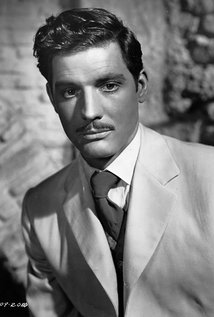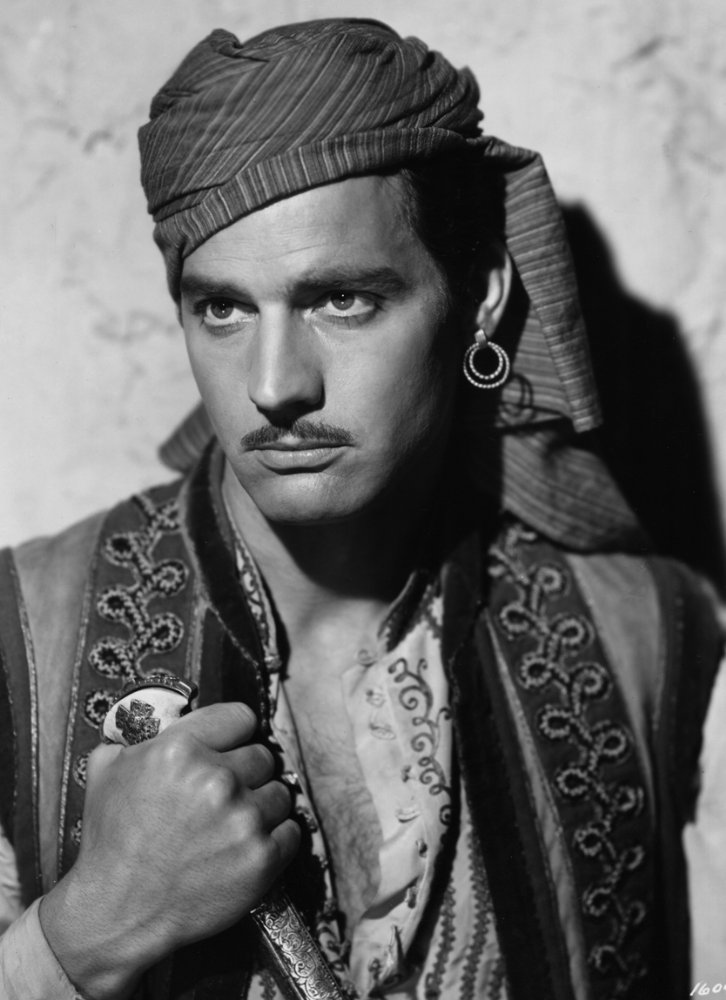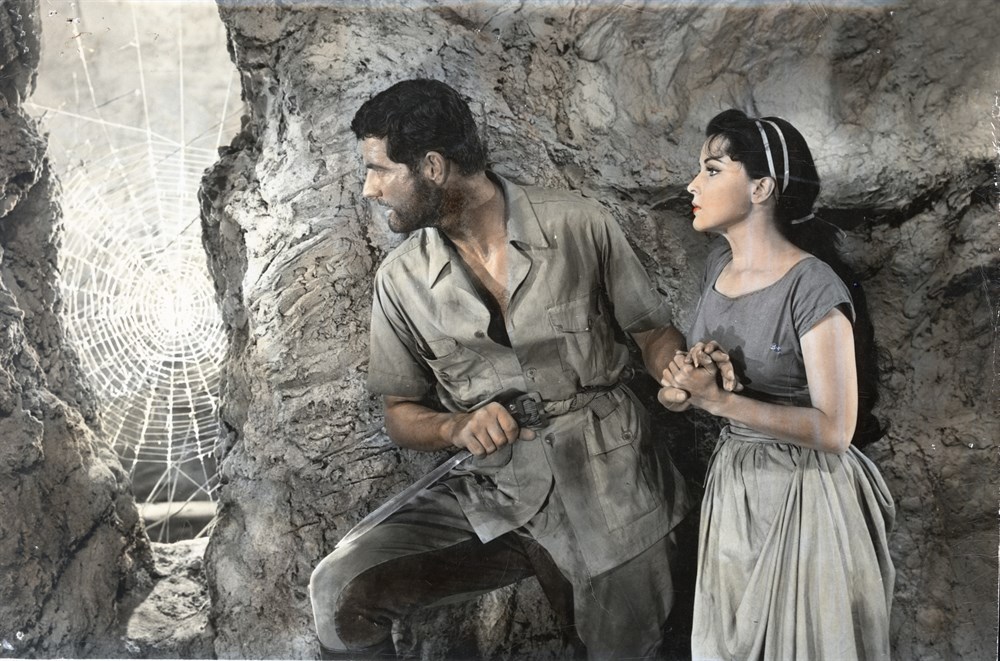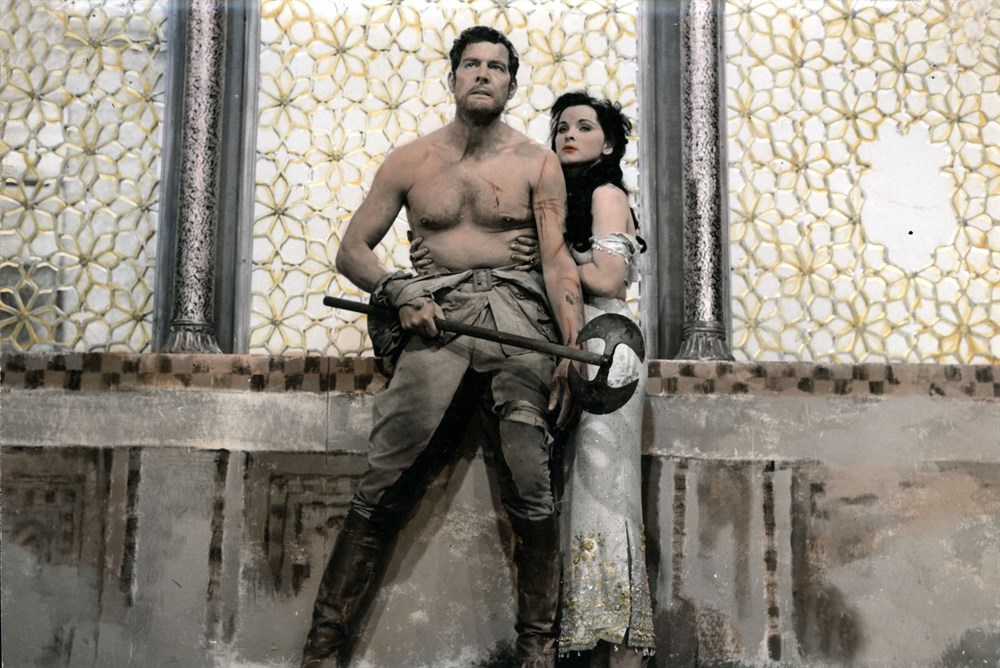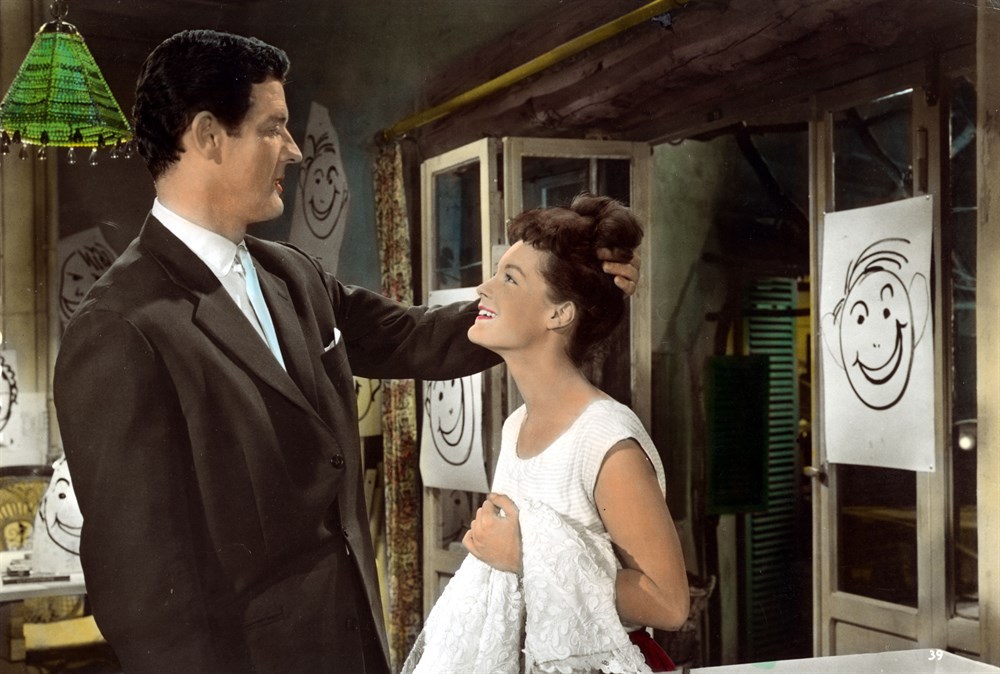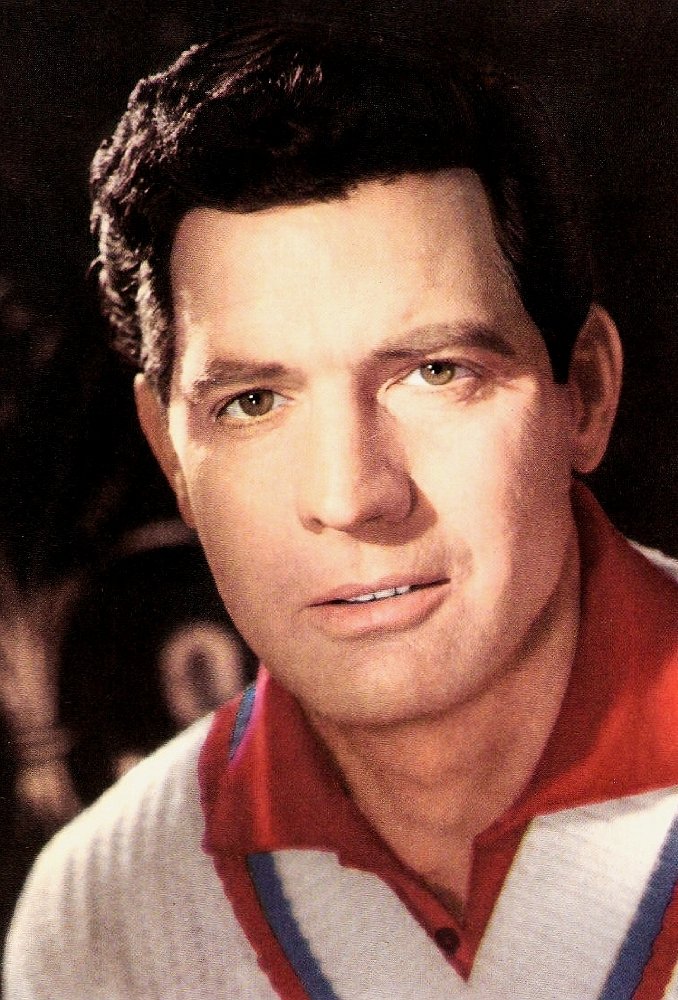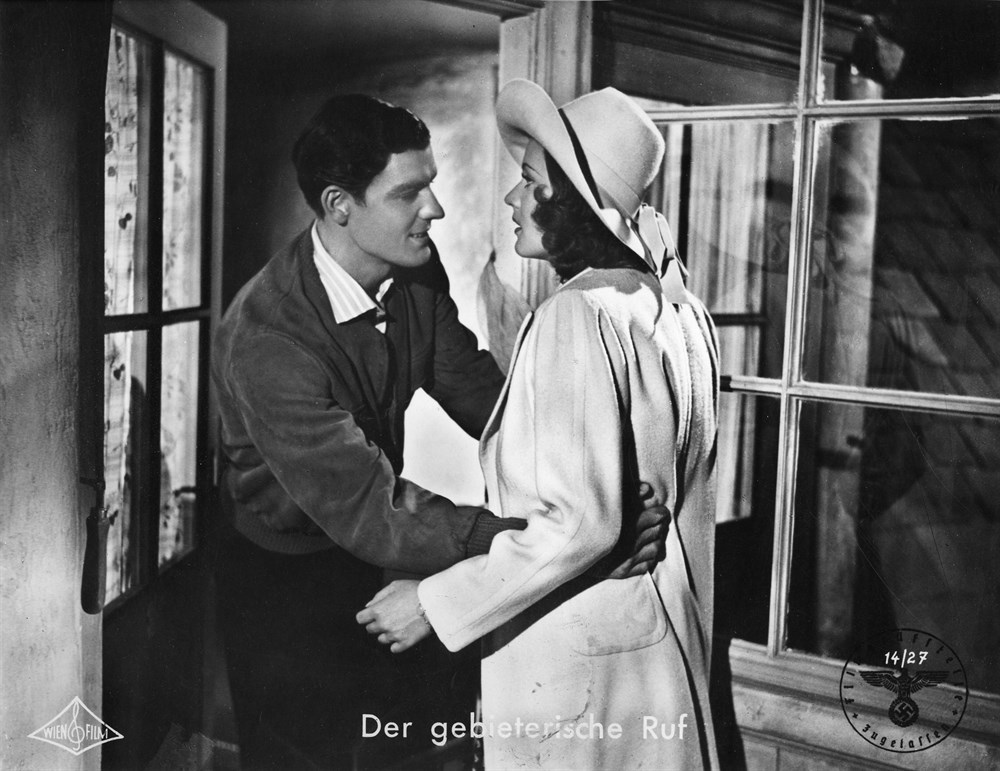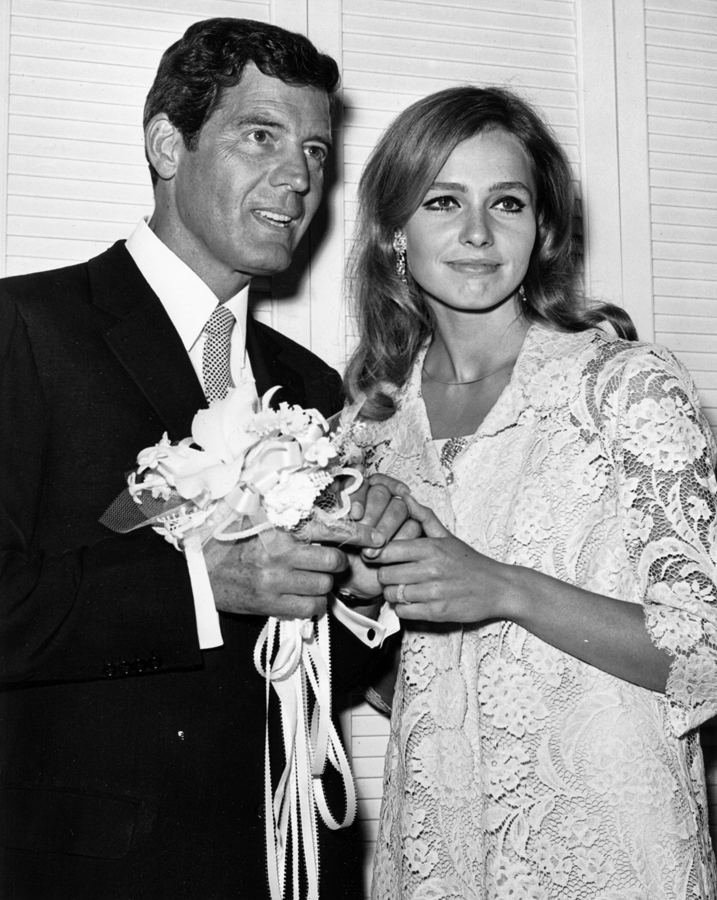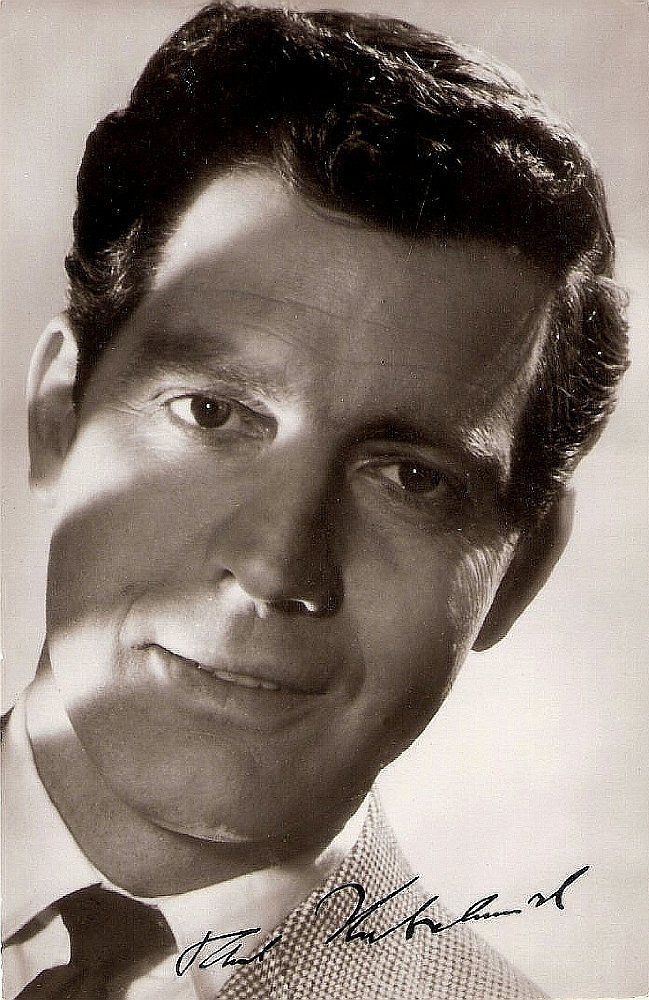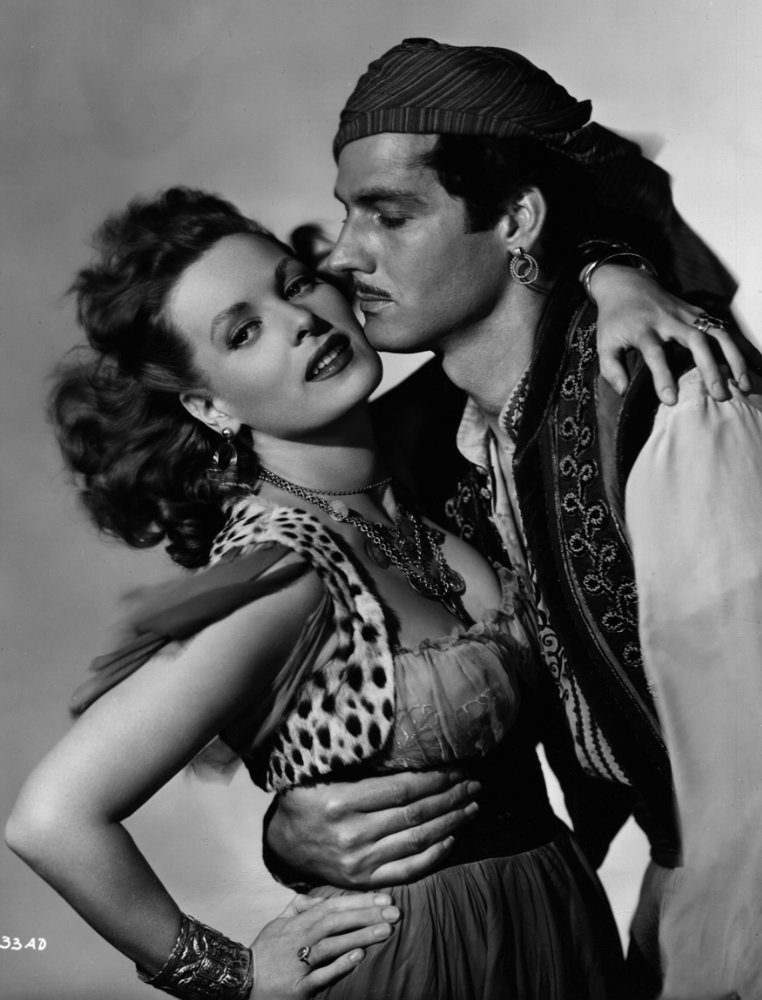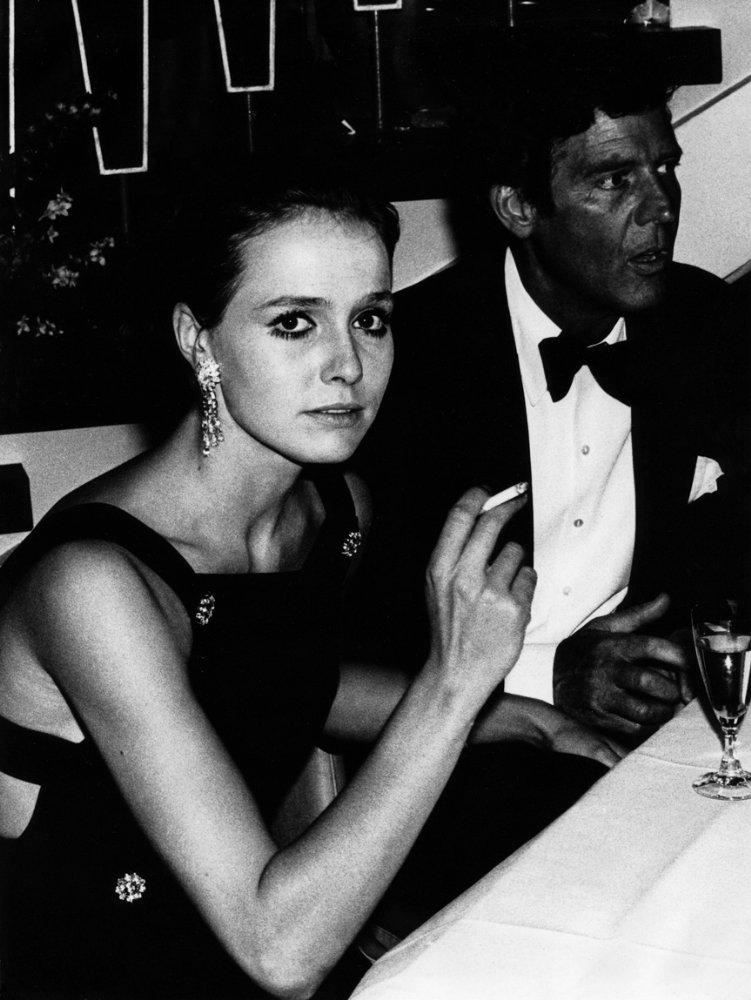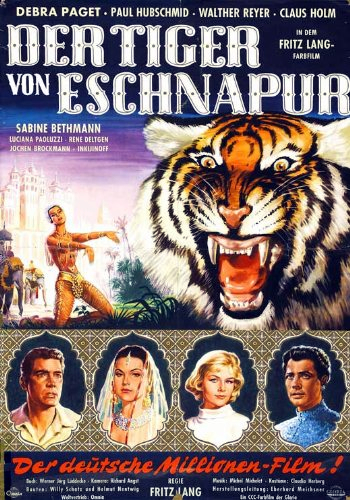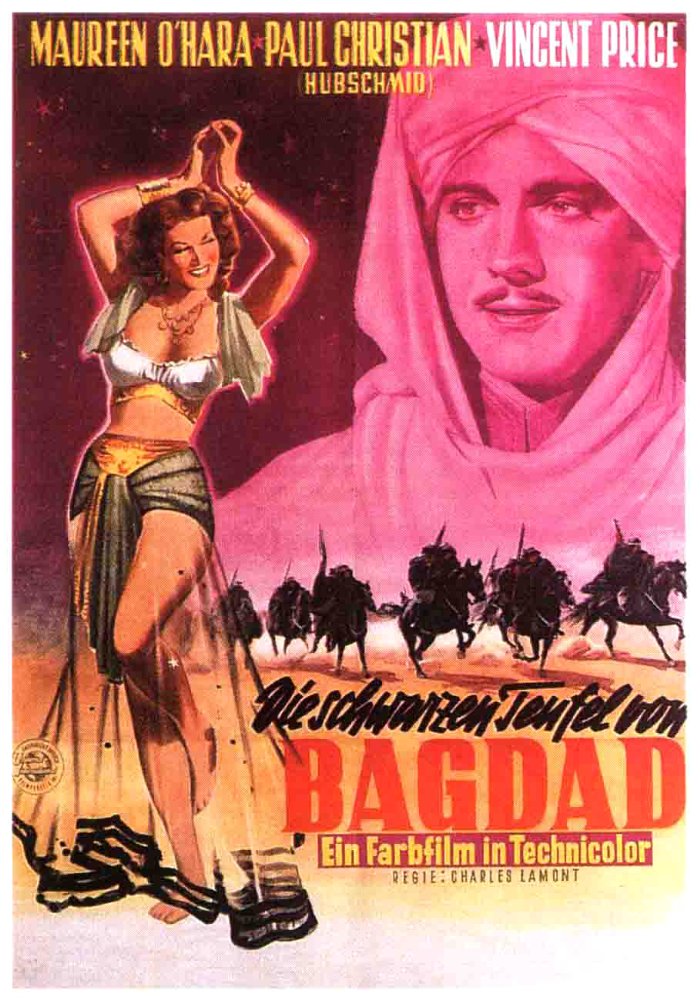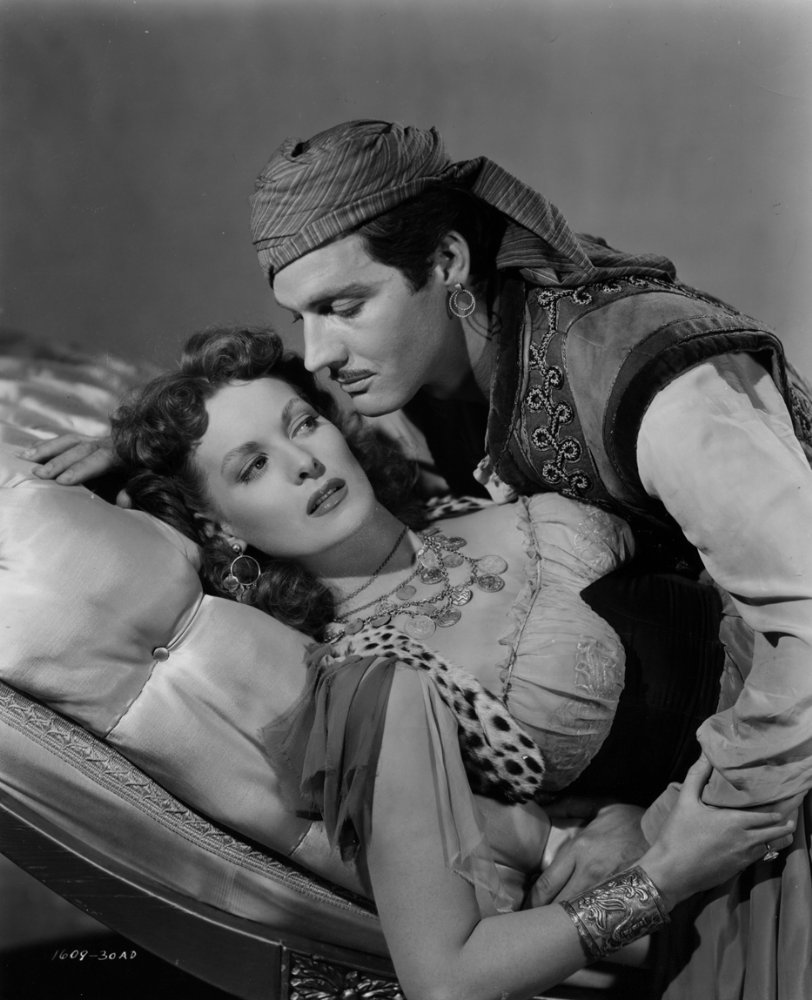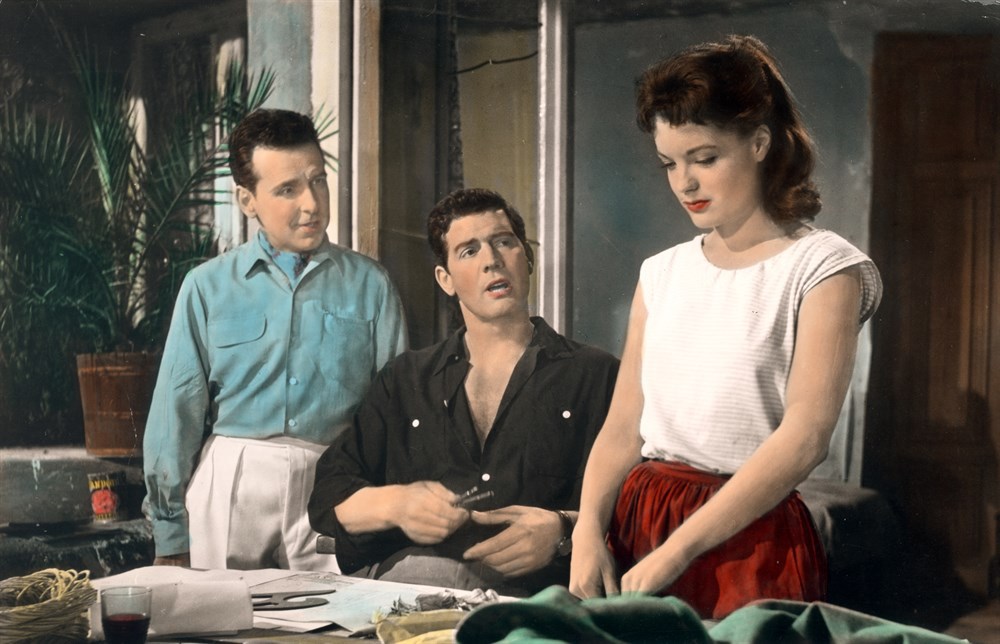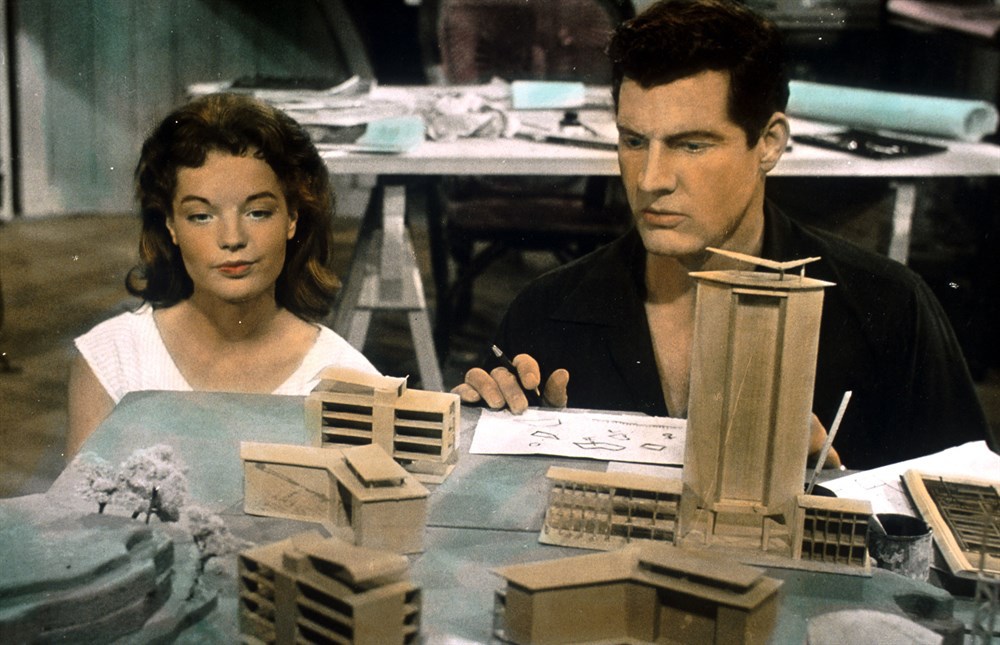The son of an accountant, Paul Hubschmid was born, raised and schooled in Schoenenwerd, Switzerland. He trained for an acting career at the Max Reinhardt Seminar of Dramatic Art in Vienna and first appeared on stage at the Vienna Volkstheater in 1937. His motion picture debut took place the following year. He was cast as the titular hero in the pat...
Show more »
The son of an accountant, Paul Hubschmid was born, raised and schooled in Schoenenwerd, Switzerland. He trained for an acting career at the Max Reinhardt Seminar of Dramatic Art in Vienna and first appeared on stage at the Vienna Volkstheater in 1937. His motion picture debut took place the following year. He was cast as the titular hero in the patriotic Swiss production Füsilier Wipf (1938), which was directed by that nation's pre-eminent film maker of the time, Leopold Lindtberg. The role opened the doors for the tall (1.92 m), wavy-haired and handsome actor and he soon moved on to a more lucrative career in Germany. After a stint with the Deutsches Theater in Berlin, he slipped effortlessly into a succession of romantic leads opposite established stars such as Luise Ullrich (Der Fall Rainer (1942)) and Hilde Krahl (Meine Freundin Josefine (1942)).His presence in German films during the Nazi period (though mostly in light entertainments without significant political content) did not prove detrimental to his spell in Hollywood, which began with a seven-year contract in 1948. Having almost no perceptible trace of an accent, he fitted right into the role of 'Paul Christian', the stage name which was assigned to him for the handful of films he made in tinseltown. Some were outright stinkers, like No Time for Flowers (1952), which veered uneasily between silly comedy and fruity melodrama. Best of the bunch was the cult sci-fi The Beast from 20,000 Fathoms (1953), which started the cycle of giant monster films in the 1950's and featured the work of renowned special effects expert Ray Harryhausen. The film cost a mere $200,000 to make and grossed in excess of $ 5 million. With the audience attention firmly fixed on the dinosaur, the cast seemed at times redundant. Paul, in the leading role of scientist Tom Nesbitt, did the best he could with the clichéd script. Since no better parts were forthcoming, Paul dissolved his contract after just four years and returned home.Back in Germany, he was considerably better served in the role of composer Franz Liszt in the Franco-German co-production Ungarische Rhapsodie (1954); and in a trilogy of hugely popular escapist adventure films, exotically set in India: Der Tiger von Eschnapur (1959), Das indische Grabmal (1959) and Journey to the Lost City (1960). Paul had aged remarkably well and was able to carry off his romantic leading man image into the 1960's. From the beginning of the decade, he also moved into character acting, playing Professor Higgins in "My Fair Lady" more than 2000 times on stage, most frequently at Berlin's Theater des Westens. On screen, he now appeared more frequently as bon vivants, reprobates or villains, most memorable as double agent Johnny Vulkan in Funeral in Berlin (1966), the second of Len Deighton's Harry Palmer trilogy. In 1980, he was awarded the German Filmband in Gold. During the 1980's he scaled down his workload, confining himself to guesting in made-for-television movies and series. He retired from acting in 1992 and died nine years later in Berlin at the age of 84 of a pulmonary embolism.
Show less «

